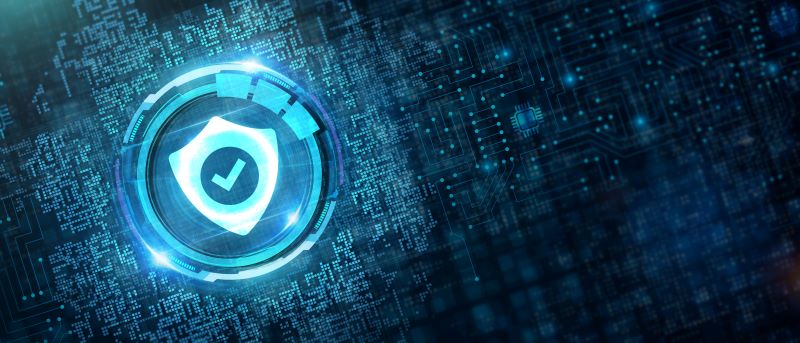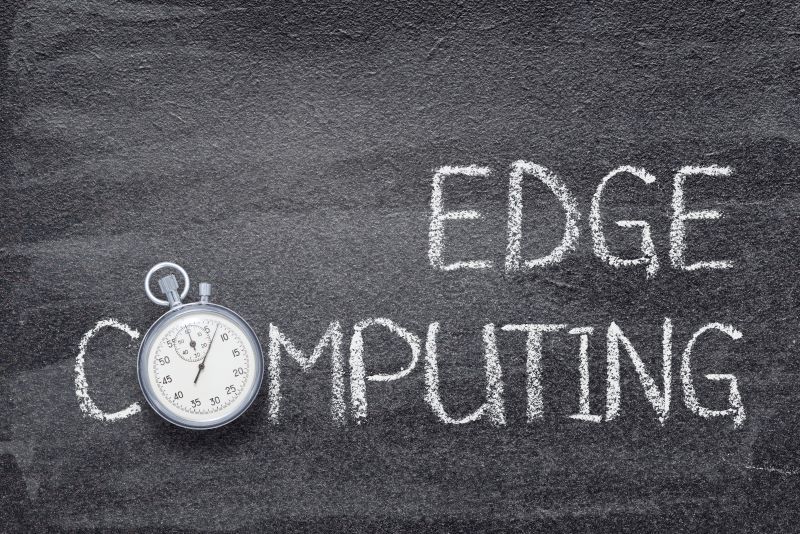We covered IoT history and security breaches in the first two blogs of our LMS series. These stories beg the question: What IoT technologies will protect our connected world?
Closing the Gap
There is a gap between IoT device providers and consumers. As of yet, there is no recognized standard regarding security for IoT devices, such as ISO/IEC 27032, for example, pertaining to cybersecurity for organizations. Meanwhile, consumers (and industry) need to be faster to realize the importance of cybersecurity in devices not previously connected to the Internet.
That thinking is changing fast. Thanks to well-publicized cyberattacks and hacks, IoT security has arrived at a watershed moment.
Statista states connected IoT devices will number approximately 30.9 billion units worldwide by 2025. Thus far, the IoT has been integrated into our lives with little fanfare. From home appliances to automobiles to colossal manufacturing operations, the IoT is everywhere but working behind the scenes. The proliferation of apps for everyday devices can make your smartphone seem like little more than a remote control.

Encryption As a Line of Defense
Encryption is used with the IoT more than in previous years. The 22-year-old Advanced Encryption Standard (AES) is commonly adhered to by manufacturers. Since many IoT devices have limited processing power, encrypting information helps protect data.
Earlier this year, the National Institute of Standards and Technology (NIST) selected the Ascon family for lightweight cryptography applications as a new standard.
“The world is moving toward using small devices for lots of tasks ranging from sensing to identification to machine control, and because these small devices have limited resources, they need security that has a compact implementation,” stated Kerry McKay, a computer scientist at NIST.
As the connected world grows closer and closer, the need for better security becomes clearer. Cybersecurity exists in many facets. On the federal level, compliance is in the works.

Endeavoring to Establish a Standard
On July 18, the Biden-Harris administration announced a voluntary cybersecurity labeling program to “protect hard-working families.” Under the proposal, a U.S. Cyber Trust Mark label will be applied to products meeting established cybersecurity criteria. Like the Energy Star label, it will validate software updates, ensure strong default passwords, and demonstrate transparency regarding security.
The President’s Bipartisan Infrastructure Law funds the program and includes researchers from six national laboratories to explore best practices. It begins in 2024. Following the one-year program, all parties will share the information. Conceivably, the program could result in full implementation by the FCC.
“Today’s announcement marks an important milestone in our journey toward a more secure energy sector to benefit all Americans,” said Puesh Kumar, Director of the DOE Office of Cybersecurity, Energy Security, and Emergency Response. “We look forward to partnering with the Federal Communications Commission, the Cybersecurity and Infrastructure Security Agency, DOE National Laboratories, and our industry partners to advance the cybersecurity of energy systems.”

Edge Computing
Edge computing is another trend in IoT security. It allows IoT data to be processed close to a data center rather than sending it back to a cloud.
“Edge computing and IoT devices go together like peanut butter and jelly,” said Glenn O’Donnell of Forrester Research in a Business Insider story.
Open-source software company Red Hat provides five advantages of edge computing with the IoT.
- Reduced latency between IoT devices and central IT networks.
- Faster response times and increased operational efficiency.
- Improved network bandwidth.
- Continued systems operation offline when a network connection is lost.
- Local data processing, aggregation, and rapid decision-making via analytics algorithms and machine learning.
These are just a few trends in securing the Internet of Things, rapidly becoming the Internet of Everything. Cybersecurity is a fundamental element of the LMS IoT services. It begins with data integrity and is revealed in the optimal customer experience. Regardless of size or scale, our devices and machines are only as safe as their weakest link.
In our final blog of this series, we will touch on more IoT security measures and whether we can look forward to a safer future for the IOT.
Top IoT Trends in 2023
Blockchain
Smart Cities
IoT Powered with 5G Technology
Traffic Management
IoT-Empowered AI Applications
Digital Twins
Voice Activated IoT Devices
IoT Security
Edge Computing
Metaverse
Courtesy of Antino Labs
